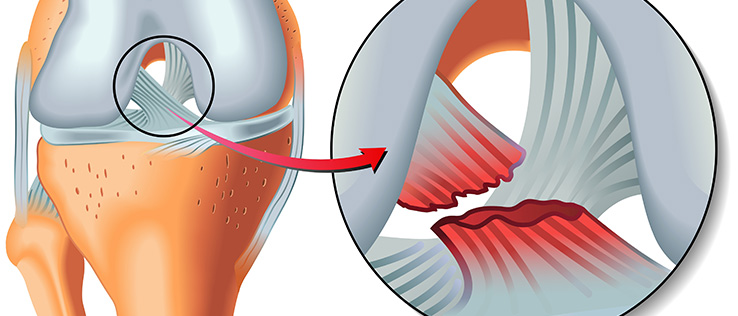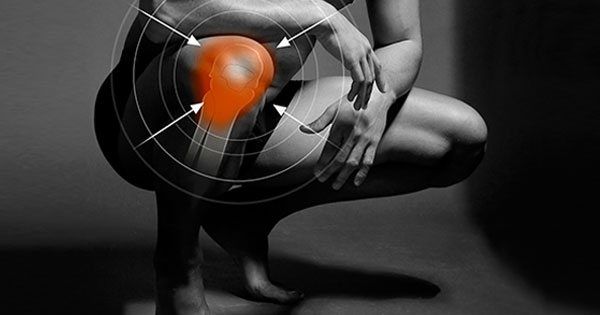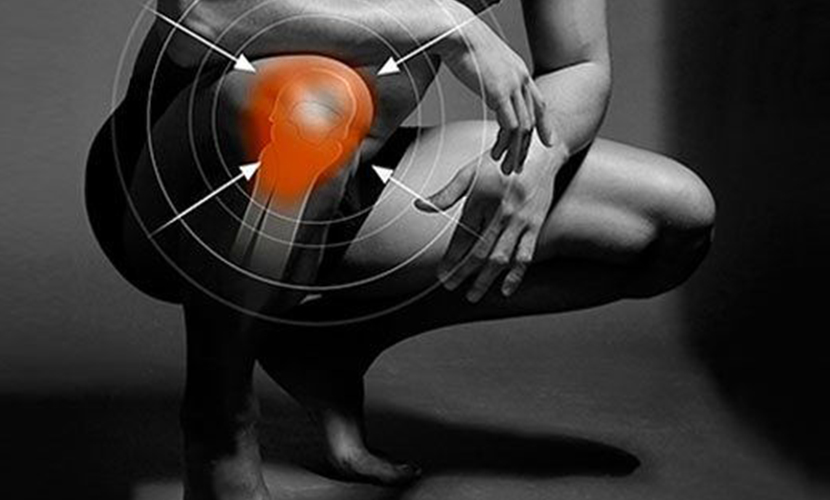MENISCUS TEAR
What is the meniscus and what does it do?
Before arthroscopic methods, the meniscus were considered to be useless debris and the knee in every patient with aching, meniscus tear was considered and the meniscus were removed during surgery. But the last in years, it was understood that the meniscus have very important functions for the normal function of the knees.
The meniscus that are placed between two bones (thigh and shin bone) act like a pillow, they protect cartilage from abnormal loading. They are very important in the transportation and transfer of the loads. In addition, they increase the compatibility of the joint faces and contribute to the intra-articular circulation of joint fluid. In the absence of meniscus, the loads on the knee joint are directly on the articular cartilage. By transferring, they cause premature wear, namely calcification (osteoarthritis).
Preserving the meniscus has become a top priority today.

MENISCUS TEAR
How do meniscus tears occur?
The way meniscus tears occur in young people and elderly people is different. In young people, trauma is required to tear the meniscus. This usually occurs during a rolling motion on a fixed foot. Tears in sports such as football, basketball and skiing are examples of this.
Over the years, the meniscus begin to deteriorate, losing their strength and flexibility. Damaged meniscus can tear much more easily. Meniscal tears may occur in elderly individuals with a simple squat or get stuck on a carpet. The outer meniscus is more mobile than the inner meniscus, so inner meniscus tears are more common. Although rare, there may be congenital deformities in the meniscus. This type of meniscus is more susceptible to tearing and may show symptoms even in childhood.

What are the symptoms of meniscus tears?
While meniscus tears occur, patients often feel a sudden pain, stinging or tearing. Depending on which meniscus is, the pain is more pronounced inside or outside the knee. A few hours
swelling occurs in the knee joint due to the accumulation of fluid or blood in the knee. Usually
It is possible to step on the injured knee, but there is a limp and athletes often
they have to quit. If the injury is severe, cross or lateral knee joint to meniscus tears
may be accompanied by rupture of ties. In this case, symptoms such as feeling of insecurity and emptiness in the knee can also may occur. Sometimes the torn part of the meniscus is squeezed between the bones that make up the knee joint, preventing knee movement. In this condition known as locked knee, surgical treatment should be performed in the early period.
As time passes, the widespread pain in the knee decreases and becomes punctate on the related meniscus. Pain occurs especially during sudden turns and squatting. Torn meniscus fragments joint faces may cause symptoms such as stuck and locking in the knee. This can also lead to crunch-like sounds that were not previously present in the knee.
How are meniscus tears diagnosed?
In order for your doctor to reach the diagnosis of meniscus tear, he will first ask you to explain the way the event occurred. He then examines your knee for signs of meniscal tear. Meanwhile, it examines your lateral and cruciate ligaments. After a good history and physical examination, the diagnosis of meniscal tear occurs to a great extent. Your doctor may order X-rays to assess the amount of wear and tear in your knee and to see if there are any other problems with bone structures. Magnetic resonance imaging (MRI) of the knee joint is the most reliable method in recent years to confirm the diagnosis of meniscal tears.
The accuracy rate of MRI in detecting meniscus tears is over 95% if it is duly taken and evaluated by experienced hands. However, MRI is not the only determinant in the treatment decision. In some cases, an image can be obtained as if there is a rupture (false positive result) or, on the contrary, it may not be detected in MRI even though the tear is present (false negative result).
Especially if surgical treatment for meniscus has been performed before, the margin of error increases significantly and further diagnostic methods may be required. For this reason, your doctor takes into account not only the MRI findings but also your history and physical examination findings when deciding on your treatment. In some cases, all of these diagnostic methods may be insufficient. In this case, the diagnosis is confirmed by arthroscopy.

What treatment options are there for meniscus tears?
Treatment of meniscal tears in young people is mostly surgical. Meniscus do not have the ability to heal spontaneously, except for some small tears that are very rare and not full thickness. In patients with obvious complaints, the meniscus tear is tried to be repaired by surgical intervention, if the tear is not suitable for repair, the torn part is removed. In elderly patients, meniscus tears are usually accompanied by arthrosis (wear, tear, calcification) in the knee. In this case, only interfering with the meniscus tear may not completely solve the problem. In this case, your doctor will decide on suppression of symptoms with medication, intra-articular injections, arthroscopic surgery or bone correction surgery with arthroscopy.
Is the meniscus sutured, how is the meniscus repaired?
Repair is the first option for meniscus tears to fulfill its duties, which are very important for the long-term health of the knee. Due to the vascular properties of the meniscus, their ability to heal is not very high and roughly one-fifth of meniscal tears are suitable for repair. Meniscus repair is performed by today's arthroscopic surgery. Depending on the strength of the repair and whether there are other interventions in the joint (eg cruciate ligament surgery), you may need to use crutches and avoid squatting for a few weeks in the postoperative period.
Returning to sports can take from 4 weeks to 4 months. The success rates of meniscus repair are between 70 and 95%, depending on the type of tear and the type of surgery performed.
Despite repair, the meniscus may not heal or may rupture again. In other words, a second surgery may be required in 5-30% of patients who undergo meniscus repair. Although the failure rate appears to be high, this risk is acceptable given the abrasion that will occur in the knee in the absence of meniscus. If the repair fails, the torn part of the meniscus can be removed with a simple operation.
What is the cleaning of the meniscus tear (Meniscectomy)?
If your doctor decides that your meniscus tear is not suitable for repair, the torn piece of meniscus is removed. This procedure is called a meniscectomy. During this process, only the torn part is removed and the remaining healthy part of the meniscus is protected. This is called partial meniscectomy. The more meniscal tissue can be preserved, the better for the long-term health of the knee.
Because the remaining meniscus tissue continues to bear the load, albeit partially. The early results of partial meniscectomy are very good. There is no need for a serious rehabilitation program after surgery. It is possible to return to normal life and sports within a few days or weeks after frequent home exercises. In follow-up for more than 15 years, findings related to knee wear may occur in approximately one fifth of patients who underwent partial meniscectomy. These findings are more severe especially in patients whose external meniscus has been removed compared to those whose internal meniscus has been removed.
What is a meniscus transplant, is there an artificial meniscus?
Rsearches and sudies continue on the production and transplantation of synthetic meniscus tissue instead of tissues taken from another human. With today's technology, only in partial meniscus losses, synthetic meniscus tissues can be used.
OP.DR.Özgür Oktay NAR
Doctor of the Orthopedics and Traumatology






